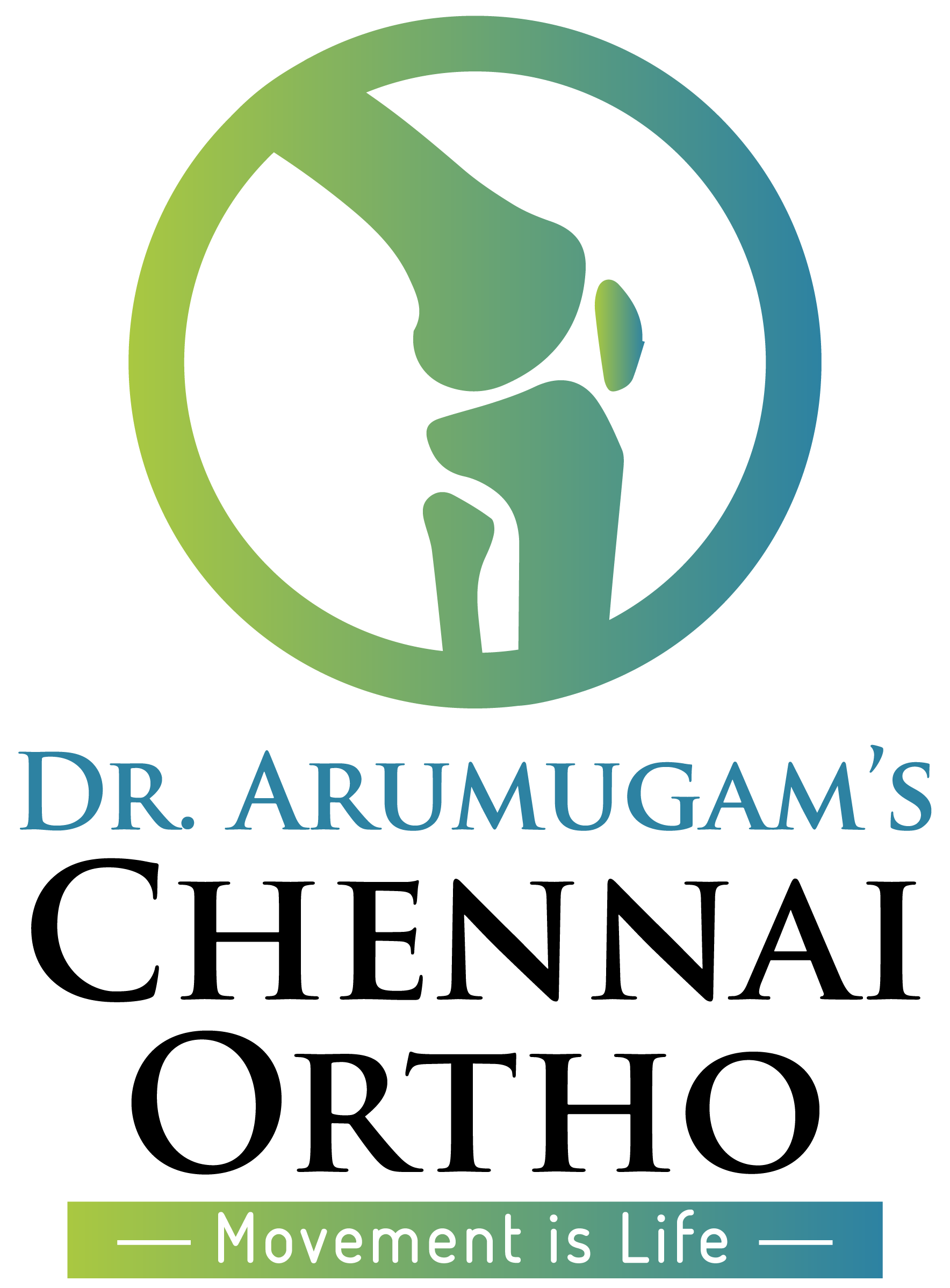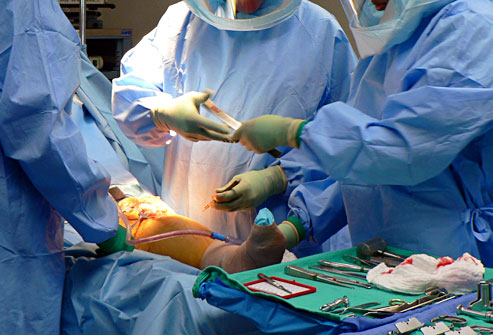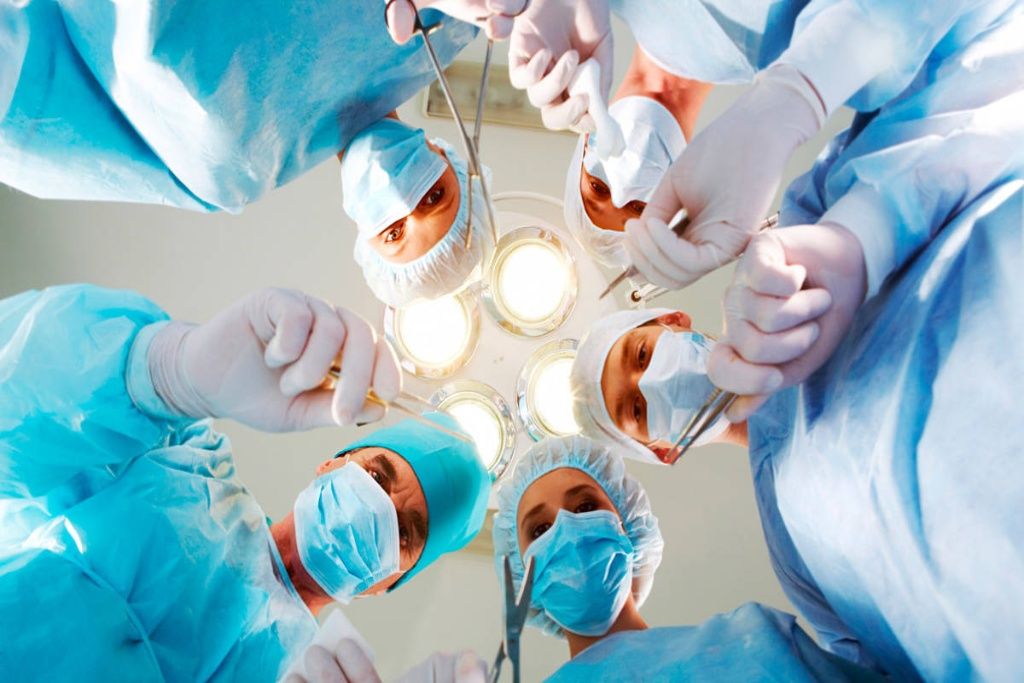If you have struggled with neck, shoulder or back pain for any length of time, then you should consider evaluation for spine disorders. The good news is that majority of spine problems which encompasses cervical (neck), thoracic (chest), lumbar (low back) and sacrum and coccyx ( tail bone) can be treated with conservative or non-surgical modalities. But sometimes surgery is the only effective treatment.
The problem with your spine arises mainly due to:
Overview
- INJURY
- DEGENERATIVE DISEASE
- INFECTION
- TUMOR
Symptoms
- Sudden onset of back pain
- Standing or walking will usually make the pain worse
- Lying on one’s back makes the pain less intense
- Limited spinal mobility
- Height loss
- Deformity and disability
Injury
They are broadly of two types
- High-velocity accidents
- Low impact accidents
Low impact accidents
Elderly adults, who have weak bones, following a trivial fall, may mistake spine compression fracture to be a sprained back. These if left untreated may result in long-standing pain and leg weakness due to nerve compression.These injuries may require immediate conservative or surgical intervention.
High velocity accidents
All ages especially young people are prone for high-velocity injuries like road traffic accident, fall from height, sports injuries which may result in spine fracture that needs emergency medical attention. Treatment may be either non-surgical (conservative) or surgical.
Symptoms
- Constant back pain – increased by movement
- Shooting pain along the back
- Inability to sit/stand
- Urinary disturbances.
Symptoms
- Intense acute pain
- Leg weakness / paralysis
- Inability to pass urine
- Associated injuries.
Treatment
- We are specialised in spinal stabilisation/fixation, decompression surgeries with minimally invasive technique^with state-of-art technology.
- Specialised incision-less surgeries like Verteberoplasty/ Balloon Kyphoplasty are being done, which drastically reduce the pain and improve mobility.
Treatment
- Immobilisation at the spot of injury, emergency protocol is to be followed.
- We are specialised in management of major multiple injuries in an emergency scenario.
Degenerative Disc Disease
Disc degeneration may present in all ages, especially 35-55 years.
- Structural spinal disorders are due to improper body mechanics like bad posture, prolonged staying in one position commonly seen in people employed in desk jobs
- Aging leading to osteoporosis is associated with degenerative diseases due to wear and tear.
Symptoms
- Neck pain which may or may not radiate to the shoulder and arm
- Numbness/tingling in the affected part of arm
- Low back pain which may or may not radiate to the buttock, thigh or leg
- Intense pain on walking
- Numbness of lower limb
- Limping to a particular side due to difficulty in walking erect.
Treatment
- Mostly we treat these conditions conservatively involving pharmacotherapy and physiotherapy with our specialised team of physiotherapists.
- In severe cases requiring surgery we specialise in Discectomies (removal of the diseased disc which compresses the nerve) and Spinal Fusion surgeries.
Infectious Diseases of Spine
Onset of persistent back pain in adolescents or elderly may possibly be due to infections, especially in India. Other ages are also prone for infections. Tuberculosis is a common infection that affects the spine.
Symptoms
- Back pain usually worst during the nights
- Fever, night sweats, chills, weight loss, tiredness may also be present
- May have a history of diabetes or other medical conditions that affects the immunity of the body.
- There may be a previous history of infection.
Treatment
- We specialise in all kinds of decompression surgeries and stabilisation/ fixation of spine in spinal infections is being done.
- Universally recommended multimodal approach is practised.
Spine Conditions
Tumors of Spine
Malignancy leading to spine destruction and instability are more commonly seen in the elderly. Benign (non-cancerous) tumors are common in the young.
Symptoms
- Back pain at rest which worsens with activity
- H/O weight loss
- Loss of appetite
- Family history of cancer.
Treatment
- Multidisciplinary intervention with eminent specialists and state-of-art technology is practised.
- All symptoms may have subjective variation and depend upon severity of disease. Minimally invasive technique depends on injury.
Spine Conditions
Book your appointment now
Specialised Orthopedics to Meet Your Needs
Know more about Spine Surgery
What is Spine Surgery?
Spine Surgery is of two types:
Minimally invasive spine surgery (MISS) is also called less invasive spine surgery. In the spine surgical procedures, surgeons use specialised instruments to access the spine through small incisions.
In a traditional open surgery, a 5 to 6 inch long incision is made, then the muscles are moved to the side in order to see the spine. The surgeon now accesses the spine to remove diseased and damaged bone or intervertebral discs. The surgeon places screws, cages, and any bone graft materials necessary for the treatment, thereby improving healing.
Why Would You Need Spine Surgery ?
The need for minimally invasive spine surgery is the same as for traditional open surgery. Spine surgery is usually recommended only when nonsurgical treatments — medications and physical therapy — have not provided relief from the painful symptoms caused by the problem. Surgery is considered only if the exact source of your pain can be identified, such as a herniated disc or spinal stenosis.
What are the Types of Spine Surgery?
MIS Lumbar Discectomy
Herniated discs in the lower back may pinch a nerve and cause severe leg pain, numbness, or weakness. To relieve these symptoms the affected disc is removed in a procedure called discectomy.
The patient is positioned face-down and a small incision is made at the location of the herniated disc. A retractor is inserted and a small amount of the lamina bone is removed. This gives the surgeon a view of the spinal nerve and the disc. The surgeon then carefully retracts the nerve and removes only the damaged disc.
This technique can also be used for herniated discs in the neck. The procedure is usually done through the back of the neck and is called an MIS posterior cervical foraminotomy/discectomy.
MIS Lumbar Fusion
A standard open lumbar fusion can be performed from the back, through the abdomen, or from the side. Minimally invasive lumbar fusions can also be done in the same way.
A common MISS fusion is the transforaminal lumbar interbody fusion (TLIF). Using this technique, the surgeon approaches the spine a little bit from the side and this reduces how much of the spinal nerve must be moved.
In an MIS TLIF, the patient is positioned face-down and retractors are placed on either side of the spine. This approach prevents disruption of the midline ligaments and bone. By using two retractors, the surgeon can remove the lamina and the disc, place the bone graft into the disc space, and also place screws or rods to provide additional support.
Sometimes additional bone graft and the patient’s own bone is used to improve the likelihood of healing.
Anterior cervical discectomy
In this procedure, the cervical spine is approached through the front of the neck. The problematic disc or bone is identified and corrected.
Anterior cervical body fusion is done as and where deemed necessary.
Tips for a Healthy Spine
Do You Still Have Some Questions ? Listen to Dr Arumugam's Interview with Short Answers
When to Visit the Doctor to Treat Neck & Back Pain?
What are the Treatments for Disc Prolapse?
What are the Exercises/Stretches to Treat Low Back Pain?
What are the Types of Back Pain ?
How to Diagnose Back and Neck Pain? MRI /X-Ray / CT Scan Requirements for Treatment
#Whatsappitsis – Neck Pain for IT People and the Solution?
Is Surgery the Only Option to treat Neck & Back Pain ?







